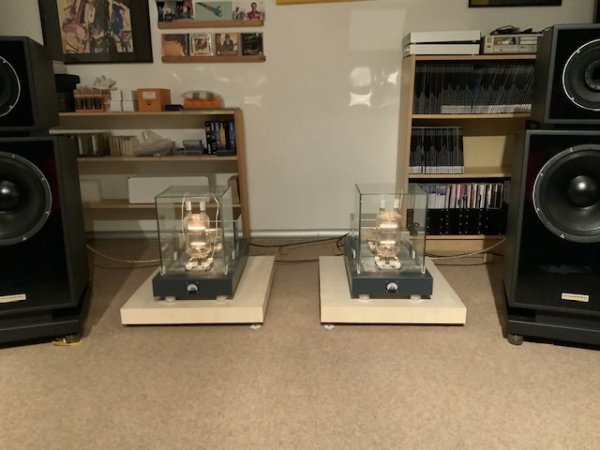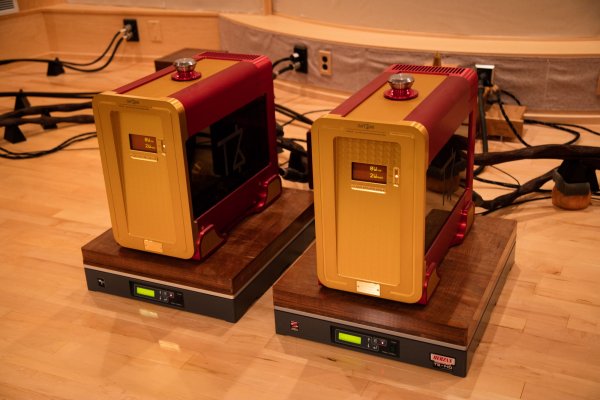Interested in your experience here. I've been playing around with many different types of isolation on my system, which consists of a tube pre, record deck and tube power amps. The power amps are very sensitive to vibration and hugely boom in the bass if placed directly on the floor.
I've tried many types of isolation devices, magnetic, sprung, ball bearing (stillpoints etc.) , spikes and platforms. After all of this I found that the single largest and most shocking improvement was changing the rack to a Quadraspire SVT2. I only got this to tidy up my system as I needed extra rack space and wasn't expecting the tremendous improvement it gave. All other isolation devices have made a small difference at best.
From my experience I would now recommend going for the best rack, rather than having a poorer rack and spending on isolation devices.
What are your findings in this regard?
I've tried many types of isolation devices, magnetic, sprung, ball bearing (stillpoints etc.) , spikes and platforms. After all of this I found that the single largest and most shocking improvement was changing the rack to a Quadraspire SVT2. I only got this to tidy up my system as I needed extra rack space and wasn't expecting the tremendous improvement it gave. All other isolation devices have made a small difference at best.
From my experience I would now recommend going for the best rack, rather than having a poorer rack and spending on isolation devices.
What are your findings in this regard?








